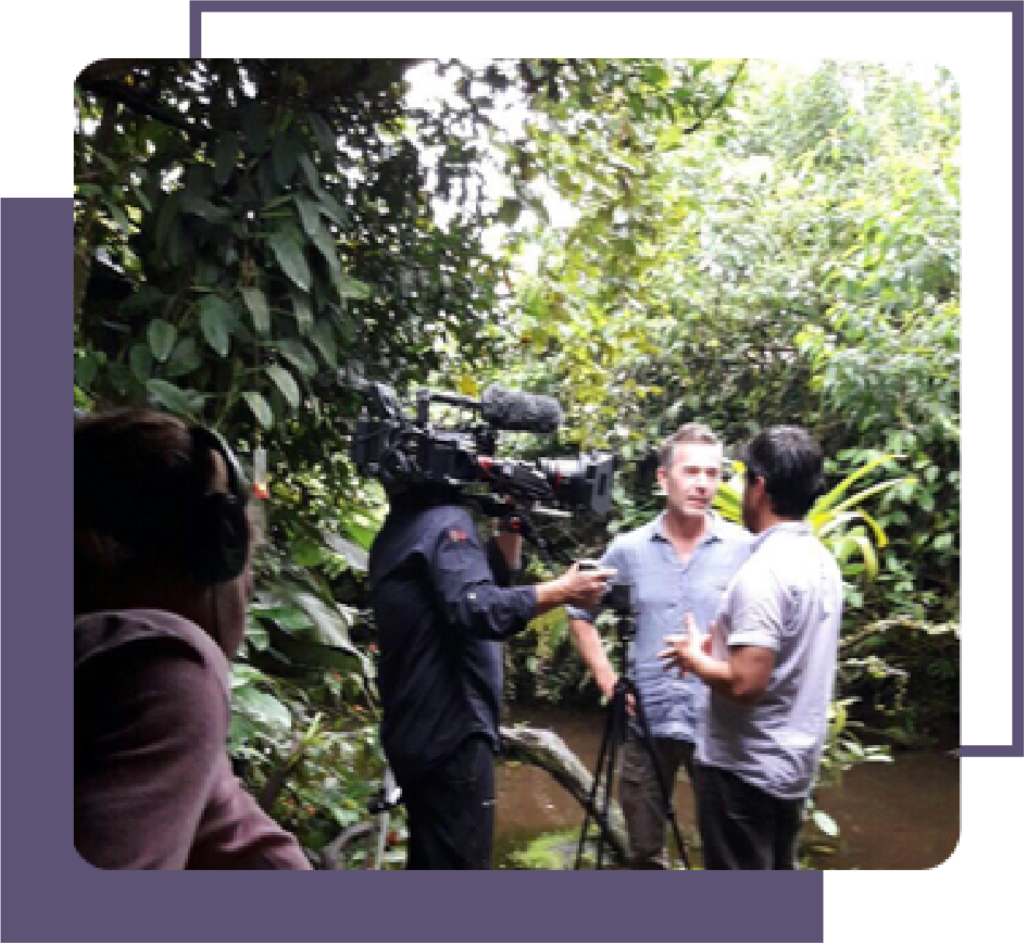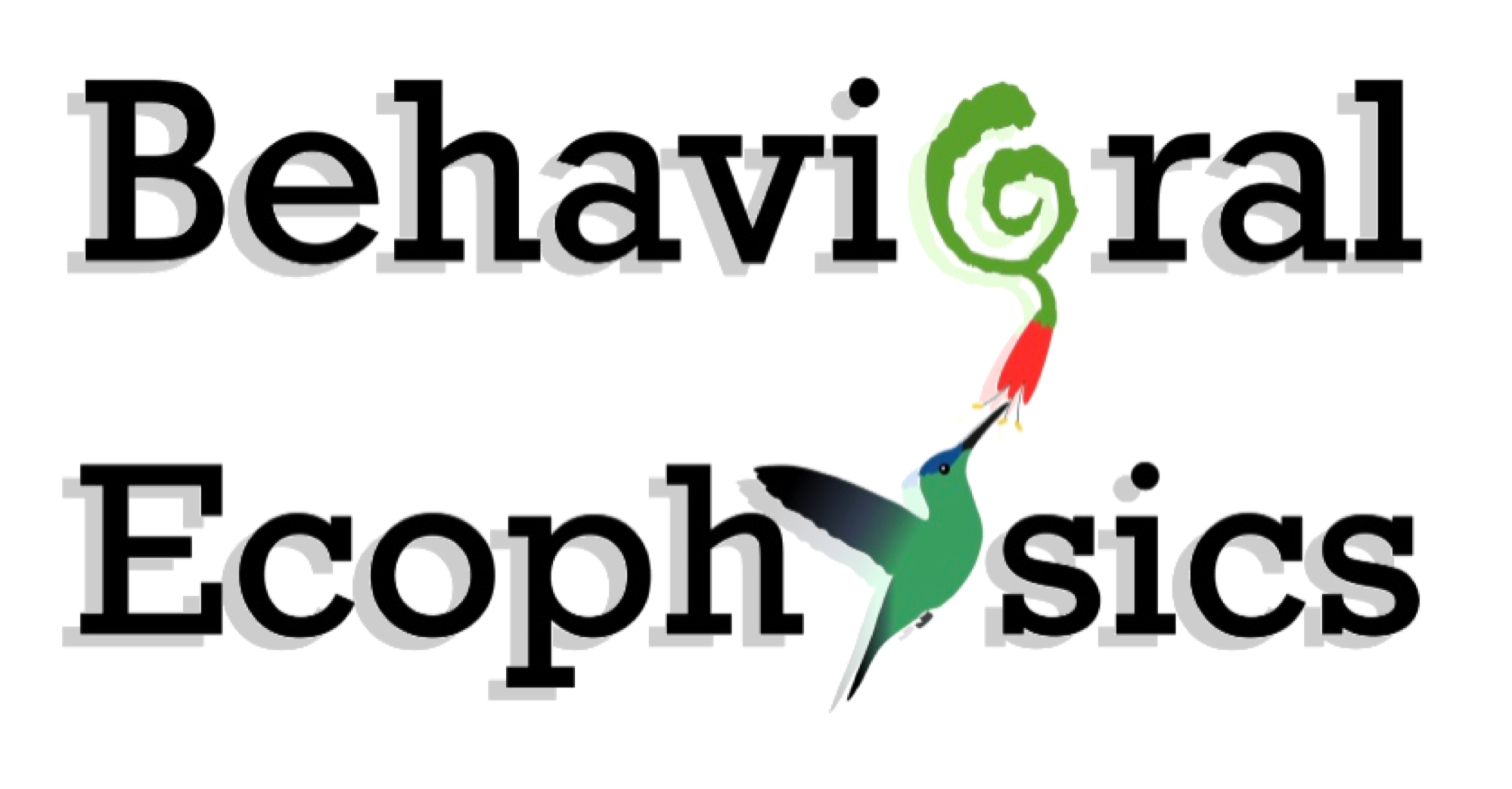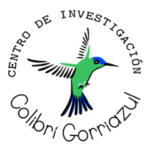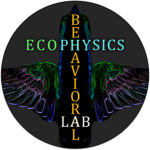OUTREACH
Inclusivity statement: In our pursuit of knowledge, we encourage an environment of collaboration, open communication, and trust, which welcomes diversity and respects differences of opinion. It is these principles that allow us to discover new ways of thinking and behaving, which lead to innovation and scientific success. Division and exclusion based on race, age, color, disability, faith, religion, ancestry, national origin, citizenship, sex, sexual orientation, social class, economic class, ethnicity, gender identity, and gender expression have no place in the pursuit of science. Not only is it imperative to include equity and inclusivity in the lab on a moral level, there is evidence for synergy in having a diverse research team with different opinions and ideas when doing science. As a lab, our objective is to be inclusive in all our practices, especially in recruiting, training, mentoring, and eva- luations. Everyone deserves to be treated equally and fairly.

Writing for the public (The Conversation)
With their enchanting appeal and unique physical capabilities, hummingbirds captivate people of all ages. As such, they serve as ambassadors to the natural world, which can foster public appreciation for scientific and conservation efforts aimed at preserving these fascinating birds, and the biodiversity upon which they depend.
Listen to this new KUOW podcast, SPECTACULAR SPECIMENS which takes kids behind the scenes at the Burke Museum. The show is geared toward curious kids, and adults, with an ear toward better understanding some remarkable creatures. To listen to the full podcast click here

Inclusivity statement: In our pursuit of knowledge, we encourage an environment of collaboration, open communication, and trust, which welcomes diversity and respects differences of opinion. It is these principles that allow us to discover new ways of thinking and behaving, which lead to innovation and scientific success. Division and exclusion based on race, age, color, disability, faith, religion, ancestry, national origin, citizenship, sex, sexual orientation, social class, economic class, ethnicity, gender identity, and gender expression have no place in the pursuit of science. Not only is it imperative to include equity and inclusivity in the lab on a moral level, there is evidence for synergy in having a diverse research team with different opinions and ideas when doing science. As a lab, our objective is to be inclusive in all our practices, especially in recruiting, training, mentoring, and evaluations. Everyone deserves to be treated equally and fairly.
Writing for the public (The Conversation)
With their enchanting appeal and unique physical capabilities, hummingbirds captivate people of all ages. As such, they serve as ambassadors to the natural world, which can foster public appreciation for scientific and conservation efforts aimed at preserving these fascinating birds, and the biodiversity upon which they depend.
The surprising secrets of hummingbird flight
Kristiina J. Hurme and Alejandro Rico-Guevara explore the incredible flying capabilities of hummingbirds.
In collaboration with Dr. Kristiina Hurme, we are using iNaturalist to collect photographs of wild hummingbirds feeding on flowers. Studies suggest that the local abundance and diversity of hummingbirds are dependent on seasonal food plant abundance.
By gathering data on the preferred plants of various hummingbird species, in addition to the timing of flower production in different areas, we can assess how plant abundance is affecting hummingbird populations.
Citizen scientists are contributing to our research by uploading their observations of hummingbirds drinking from flowers!
Check out this new educational resource!
Scientific advisor
I collaborated on the short film SECRETS OF THE HUMMINGBIRD’S TONGUE, from Image Science Films. This project is included in the documentary “First Flight: A Mother Hummingbird’s Story”.
Scientific advisor
I collaborated on the short film SECRETS OF THE HUMMINGBIRD’S TONGUE, from Image Science Films. This project is included in the documentary “First Flight: A Mother Hummingbird’s Story”.

Featured Researcher and Scientific Advisor for the educational resource ‘Structure and Function: Hummingbird Tongue’, WNET education; in the documentary ‘Super Hummingbirds’, PBS Nature; in the documentary series ‘Terra X: Fascinating Earth’, German public television ZDF; for the National Geographic Magazine, and Interactive Online Resources.
Science communication with undergrads

Resources
- Resources for Educators
- Resources for Career Development (Non-Science)
- Resources for Social- Justice
Addressing Anti-Blackness on Campus Webinar
Decolonization is Not a Metaphor Article
The Truth behind “We the people” Discussion
Showing Up for Racial Justice; Signs of White Supremacy
Decolonizing Wealth Steps by Edgar Villanueva
Decolonizing in Practice Evaluation Chart
Three M’s of Decolonization by Yellow Bird (2008) from Indigenous Social
Work Around the World: Towards Culturally Relevant Education and Practice
- Resources for Career Development
National Research Mentoring Network
STEM Graduate Programs and Fellowships
Ecology Job Board
Post- Doc Interview Questions
Tales of postdocs past: what did I learn?
30 Dissertation Research Fellowships for Doctoral Students
Advice and Resources for Graduate Students
Opportunities for Under – Represented Groups in Health
UC Davis Job Directory
- Grant Resources
While several of these funding sources list an institution they are
paired with, many of these include links to external grants, as
well.
UW Biology Grad Student Funding Directory
UW Fellowship Resources
Ford Foundation Fellowship Programs
GEM Fellowship Program
Smithsonian Fellowship Opportunities
Cornell Fellowships
UC Davis Grant Directory
UMich Fellowship Directory
Johns Hopkins Graduate Student Funding
30 Dissertation Research Fellowships for Graduate Students
Kessel Grants for Ornithological Research



